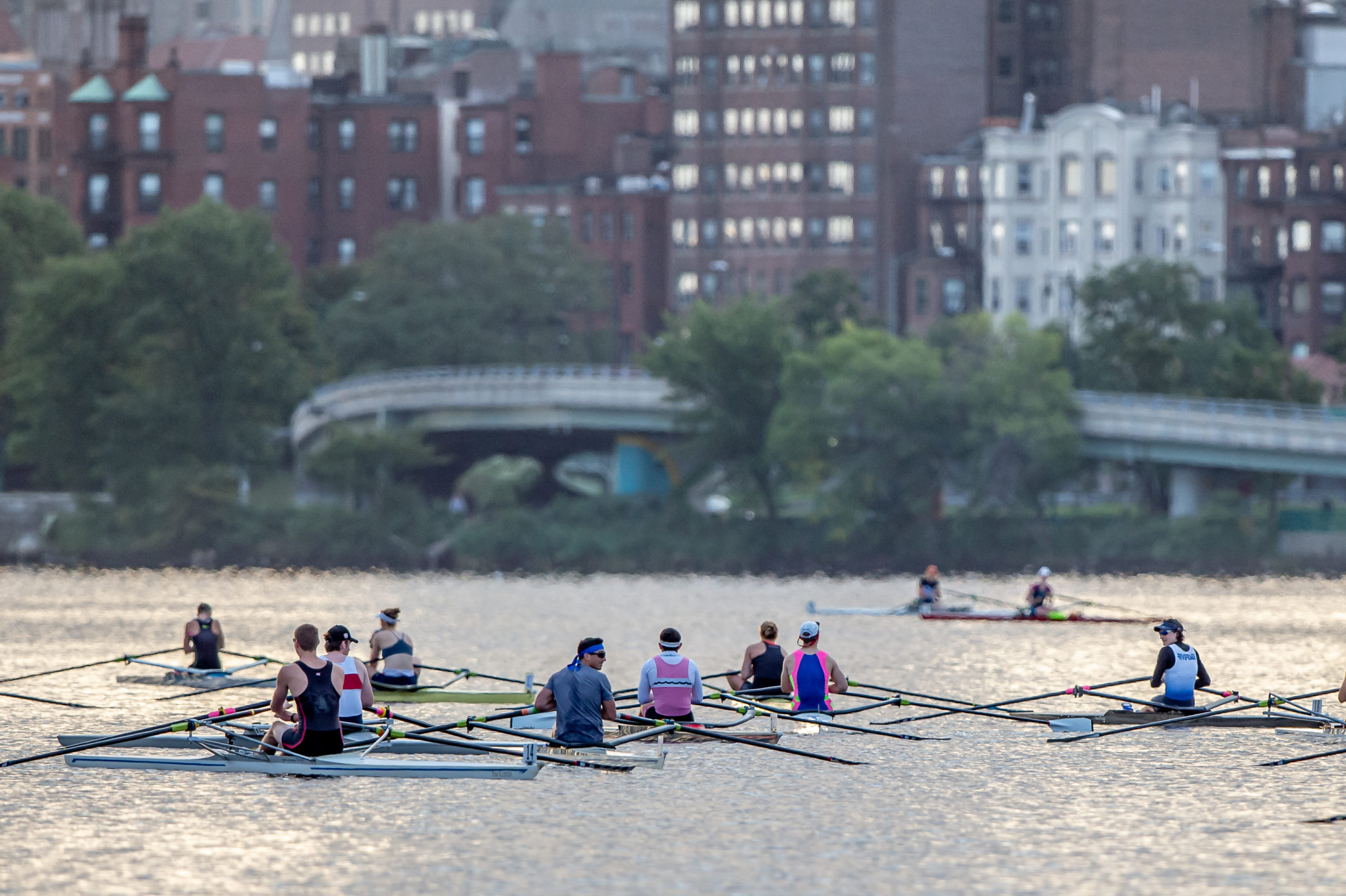BY VOLKER NOLTE
PHOTO BY ED MORAN
To continue reading…
This article is exclusively for Rowing News subscribers. For as little as $5 a month, you can get access to the best quality, independent reporting on all the issues that matter to the North American rowing community.
Already a subscriber? Login
Take a thousand people from all walks of life and of all ages and test their physical performance. The result will show that people achieve peak strength and endurance between 25 and 30.
After that window, performance declines steadily, though it can be prolonged by training appropriately. Despite advancing years, many rowers have continued to perform at the highest level, including Sir Steven Redgrave of Great Britain, Ekaterina Karsten of Belarus, and Olaf Tufte of Norway.
Eventually, every high-performance athlete loses the motivation to train and begins slowing down because of injuries, other interests, or the demands of family and work.
This is to be expected, but at some point we will all reach the so-called “limit for functional impairment in everyday life”– the point when our capacities have so far deteriorated that we need help to continue to survive.
Although this is the normal course of life, it is up to each one of us to delay reaching this limit. Numerous studies show that physical training is the best way to maintain our abilities. Being fit keeps us healthier and happier, a fact that can be used as a rowing recruiting tool.
The power of rowing to enhance fitness not only will attract new members but also will strengthen our clubs and enrich club life.
When embarking on a training program, rowers must assess how healthy they are, how much time they wish to devote, and whether their goals are realistic. That will partly determine the right level of training. It is not smart to buy an ergometer and begin training every day for long hours only to get demotivated quickly and lose interest.
A proper training group is a huge help, and this is where clubs come in. Club members, coaches and facilities offer a wide array of opportunities for engagement and improvement. As mentors, coaches can help members set appropriate long- and short-term goals as well as strategies for achieving those goals, whether focused on health, recreation, or competition.
Done properly, rowing has a very low injury rate, can be enjoyed by a wide variety of people, offers experiences in the outdoors, builds teamwork, and can be learned and practiced at any age.

